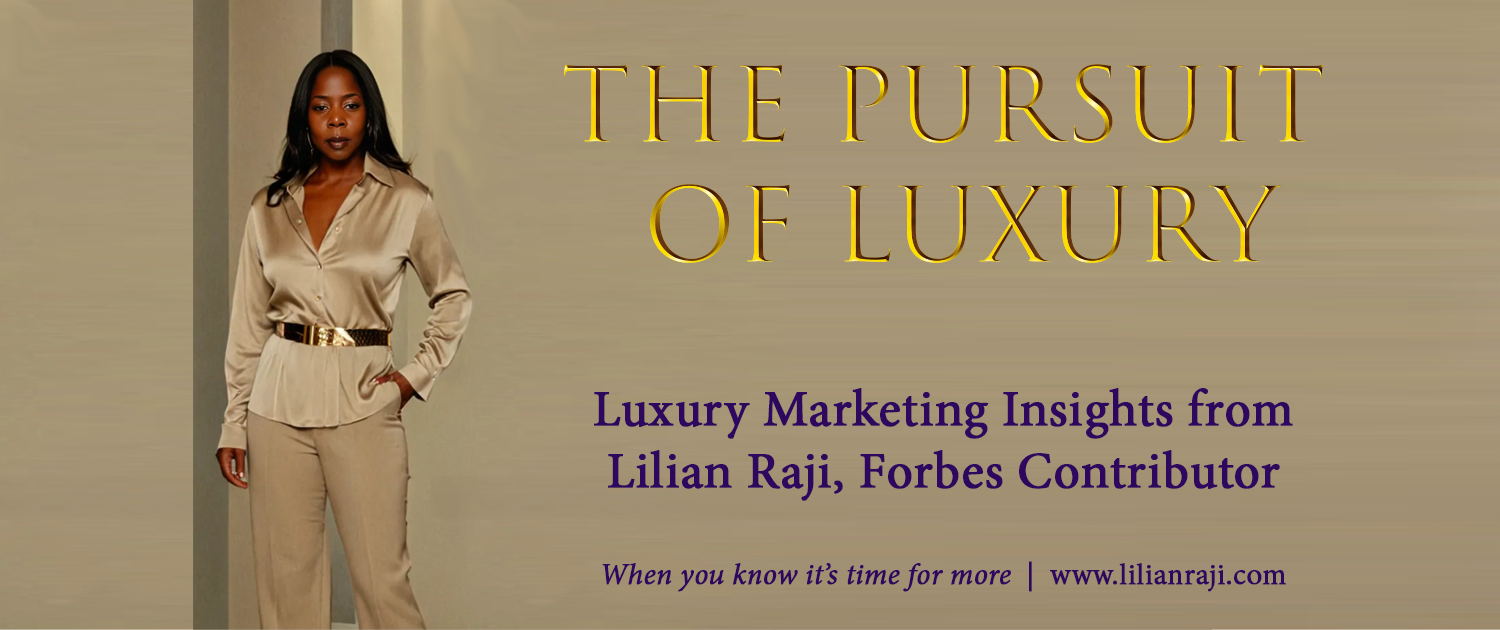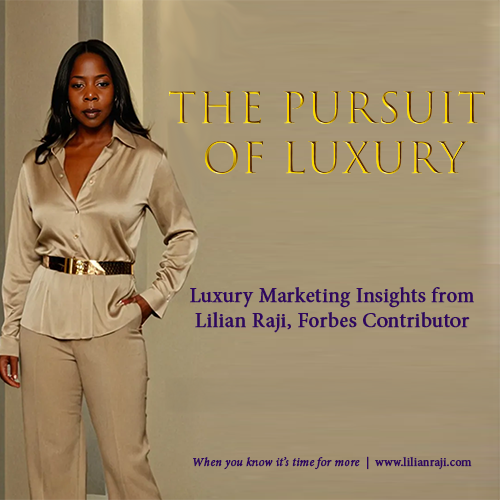How Luxury Brands Are Rewriting Media Rules With The Beyonce Strategy
Vanessa Friedman, Chief Fashion Critic of The New York Times, discovered Oscar de la Renta’s 2025 pre-spring collection had already happened—through TikTok clips. When she reached out to CEO Alex Bolen asking why she wasn’t invited, his response revealed the “Beyoncé Strategy” and the seismic change in luxury marketing strategy.
“I don’t much see the point of engaging with the fashion press when they require a different show than what we require to bring to our customers,” Bolen told her. “We don’t really engage with magazines at this point. It’s not our priority. We want to focus on our customers and inspire them to buy.”
My Forbes exploration of this “Beyoncé Strategy”—where luxury brands bypass traditional media to control their narrative and engage directly with audiences—reveals how an entire industry is redefining relationships with press, customers, and influence itself.
The Strategy Behind the Snub
The Beyoncé Strategy takes its name from the pop icon’s surprise album drops: no pre-press, no traditional media cycle, just direct connection with fans. Luxury brands are adopting this approach, using platforms like TikTok to bypass traditional gatekeepers and maintain complete narrative control.
The podcast breaks down why this approach appeals to brands seeking measurable ROI and direct customer relationships, while examining what they potentially sacrifice in the process.
Yet PR professionals argue this binary thinking misses crucial opportunities. As Alise Edgcomb from Chicago Atlantic explained, Oscar de la Renta could have invited Friedman as a valued guest observing how heritage brands connect directly with customers, generating high-level media coverage complementing their direct strategy.
The Storytelling Imperative
Emotionally rich storytelling remains central to luxury marketing, justifying premium pricing and differentiating brands from lower-priced competitors. Without compelling narratives, brands risk competing solely on price—a non-starter in luxury.
Only deep emotional stories can persuade consumers to look beyond price tags. When brand narratives resonate with something more meaningful than cost, purchasing becomes justified regardless of expense.
Vanessa Coppes, CEO of BELLA Media + Co., highlighted how magazines create 360-degree approaches through events bringing brands and consumers together, offering immersive experiences where brands see ROI while exposing them to new potential customers.
When Traditional Media Loses Its Punch
The declining impact of traditional publicity provides ammunition for the Beyoncé Strategy. Publicist Megan O’Brien shared stark numbers: 18 years ago, getting a client into People magazine generated $200,000 in sales. Recently, a People feature sold 15 pieces. Even Oprah’s magazine has lost its sales-driving power.
“Online killed traditional press and the return is not there anymore,” O’Brien concluded. When direct sales don’t follow magazine features, brands question the investment.
However, effective PR extends beyond publicity. The real goal involves communicating with target audiences in ways aligning with their values through earned, owned, and paid media alongside strong community building efforts.
The New Power Players
Fashion editors no longer serve as ultimate style arbiters. Celebrity stylists now wield more influence, making brand choices for high-profile clients and high-net-worth individuals. These new gatekeepers may prove more valuable than traditional media courtship.
“You are seeing more and more stylists in the front rows, especially celebrity stylists,” noted Jenny Davis, Professor of Fashion Media at Southern Methodist University. “It’s Zendaya, as styled by Law Roach, who’s launching fashion trends, not Vogue or W.”
Brands favored by stylists working with celebrities achieve double wins: media exposure through celebrity appearances and direct access to new private clients through stylist networks.
The Crisis Reality Check
Direct control strategies face limitations during crises. PR teams must remain prepared to protect brand integrity when influencers misrepresent brands or behave inappropriately. As Karen Kiki Carrillo Barrios from Kiki Allan Consultancy emphasized, “That’s when our role is considered grateful.”
L’Oreal’s China experience provides a cautionary tale. Partnering with mega-influencer Austin Li Jiaqi during Singles Day, Li promised viewers exclusive best pricing through his livestream—only for viewers to discover cheaper prices on L’Oreal’s own storefront. The backlash required two separate apologies, and Li vowed never to work with the brand again.
When crises hit, brands need objective third parties like journalists to help tell their side and rebuild trust. Shunning traditional media eliminates these crucial relationships when they’re most needed.
The Long Game Warning
Gini Dietrich, CEO of Spin Sucks, predicts a reckoning for brands focusing only on directly measurable sales metrics: “We’re going to have a reckoning in a few years when they realize the things they’ve ignored—brand awareness, trust, reputation, authority—are the reason they’re no longer on the radar.”
Listen to the podcast above for detailed analysis of how luxury brands are navigating media relationship changes, then read my full Forbes article for comprehensive examination of the Beyoncé Strategy’s benefits, risks, and long-term implications.


